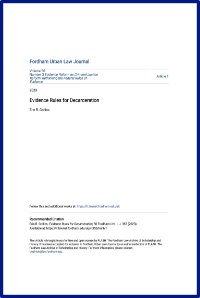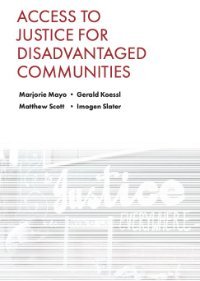By Brian J. Ostrom and Jordan Bowman
Since Gideon v. Wainwright, the provision of an attorney to a criminal defendant is an accepted constitutional right. The past 50 years has witnessed the ongoing development by defense practitioners of what it means to “provide the effective assistance of counsel” through strong legal advocacy. More recently, many practitioners contend that in addition to the defense attorney, professional support services, such as social workers, paralegals, and criminal investigators, are critical to effective assistance of counsel in indigent defense cases. Investment by defender offices in resources and skills beyond traditional legal expertise promises to bring positive returns not just for clients, but for the criminal justice system and taxpayers as well. The umbrella of what we will call the holistic defense model covers the most developed concepts and practices of an integrated defense team. Proponents of holistic defense claim a wide range of enhanced client outcomes including more favorable court dispositions and successful treatment for recurring needs (e.g., addiction, joblessness, mental illness) as well as associated public benefits such as reduced recidivism and less reliance on costly incarceration. As positive as these meritorious claims may be, the current dearth of rigorous evaluative research means they remain unverified
Williamsburg, Virginia, National Center for State Courts, 2019. 53p.




















